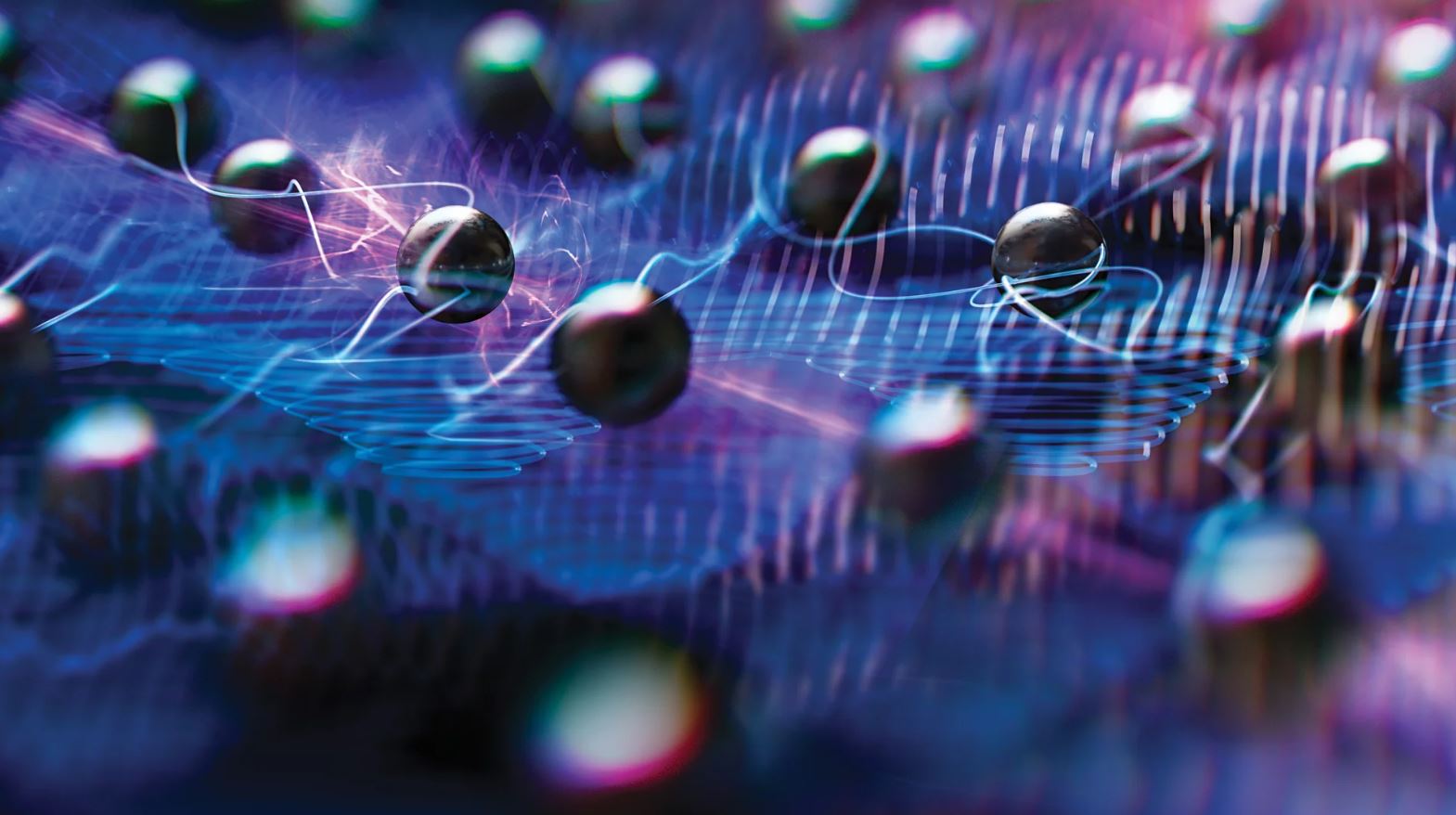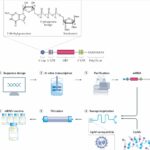 Hey there! Let’s dive into some exciting news from the world of physics. U.S. researchers have just made a discovery that could shake up our understanding of how electricity works. They’ve been studying ‘strange metals,’ and it turns out, these materials behave in ways that defy the long-established Fermi liquid theory. This theory has been the go-to explanation for how electrons move and interact in metals for over 60 years. But now, we might be looking at a whole new ballgame.
Hey there! Let’s dive into some exciting news from the world of physics. U.S. researchers have just made a discovery that could shake up our understanding of how electricity works. They’ve been studying ‘strange metals,’ and it turns out, these materials behave in ways that defy the long-established Fermi liquid theory. This theory has been the go-to explanation for how electrons move and interact in metals for over 60 years. But now, we might be looking at a whole new ballgame.
Traditionally, the Fermi liquid model tells us that electrons, even though they repel each other, travel in groups called quasiparticles. These quasiparticles carry distinct electrical charges. However, the new research suggests that in strange metals, electrons might not act like this at all. Instead, they could be forming what’s being described as a ‘quantum soup.’ Fascinating, right?
One of the standout features of these strange metals is their resistance. Unlike conventional metals, where resistance follows a quadratic relationship with temperature, strange metals show a linear relationship. This is a big deal because it challenges the way we’ve always thought about electron behavior.
To explore this further, scientists used a technique called shot noise measurement. Usually, shot noise gives us clues about the random fluctuations in an electrical current, highlighting the discrete nature of charge carriers. Imagine a few large raindrops hitting a roof at different times—that’s how shot noise typically manifests. But in the case of the strange metal YbRh2Si2, shot noise was almost non-existent. This suggests a smooth, continuous flow of charge, which is quite different from what we’re used to.
This is a major shift in how we think about electron behavior. The experiment required incredible precision because even tiny vibrations in the atomic lattice could mess with the shot noise readings. To get around this, researchers crafted nanoscale wires just small enough so that electrons could pass through them before any lattice vibrations could interfere. This allowed them to observe the phenomenon clearly.
So, what does all this mean? Well, understanding these strange metals could open the door to a completely new theory of electrical transport. It might even help us unlock the mysteries of high-temperature superconductors, which behave like strange metals when they’re not in their superconducting state.
This discovery is expected to spark a flurry of research. We might see new theoretical models for these mysterious materials, and who knows what other breakthroughs could follow?








